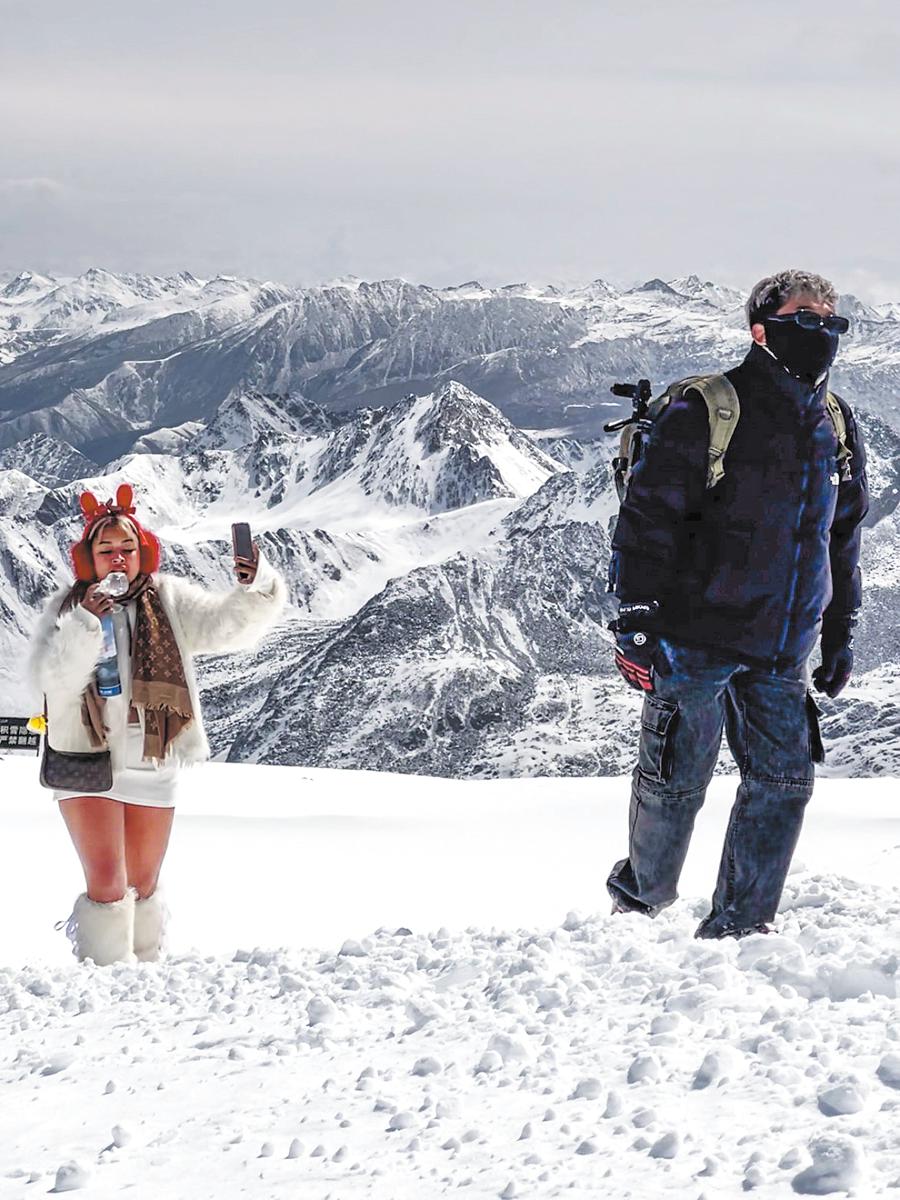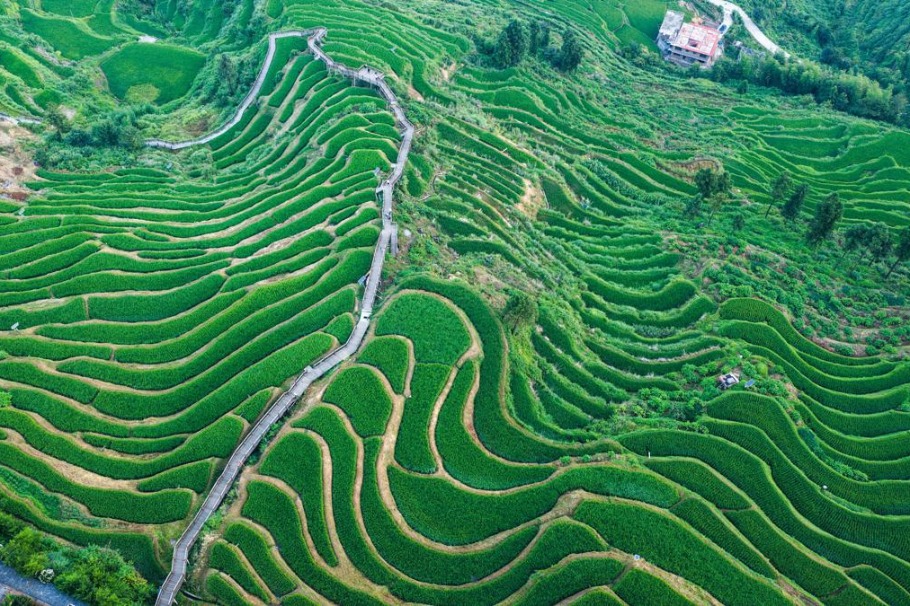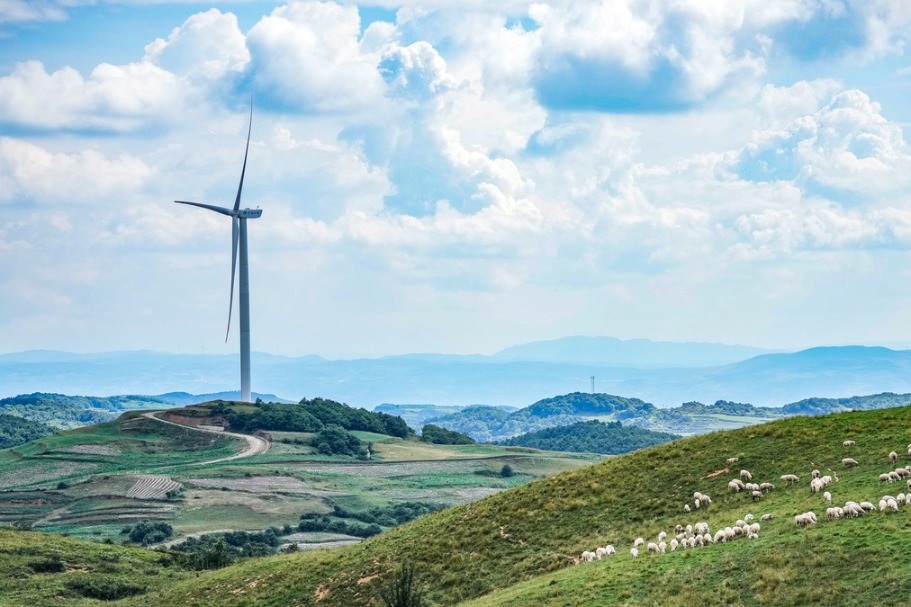Chinese scientists race against time to save glaciers


Compared with the second inventory, the overall glacier area in China decreased by nearly 6 percent over the 2008-2020 period.
The melting of glaciers can trigger a water crisis and accelerate a rise in sea levels. Continuous glacier retreat will also lead to their own structural instability, making glaciers more sensitive to external influences while amplifying the frequency and intensity of glacier-related disasters and secondary disaster chains, according to Kang.
The scientific protection of glaciers, along with advancements in glacier research, has garnered widespread consensus among governments, academia and the public. In China, diverse scientific explorations, aside from artificial snow enhancement, are actively underway.
Researchers are deploying experimental "giant blankets", made of nanometer materials, geotechnical fabrics and other advanced materials, over selected sites, such as the Dagu Glacier in Southwest China's Sichuan province and the Urumqi Glacier No. 1 in Northwest China's Xinjiang Uygur autonomous region, to decelerate rapid ice loss.
Du emphasized that artificial snow enhancement can effectively protect glaciers under the current greenhouse gas emission levels.
He said the research team will strengthen cooperation with the meteorological authorities this year to optimize the implementation plan and evaluation method of artificial snow enhancement in high mountain areas. They will also enhance the protection efficacy and expand the scope of coverage.
"Our researchers will also actively introduce novel methods and continue to enhance glacier monitoring research to obtain more accurate data and lay the foundation for scientific glacier conservation," Du added.
Xinhua
- China launches Level-IV emergency response to flooding in Inner Mongolia
- Hong Kong sees broad-based economic resilience under 'one country, two systems'
- Beijing issues blue alert for rainstorms
- Plan issued to upgrade rural connectivity
- Guangzhou landslide victims sought; Zhengzhou raises flood control alert
- Major test brings lunar mission closer to reality




































